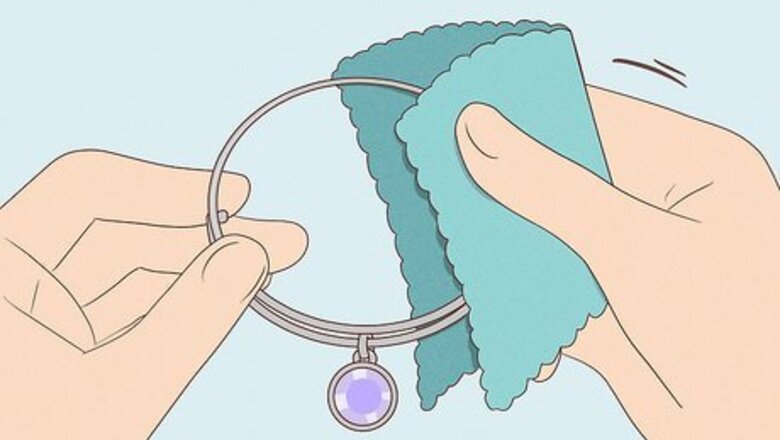
views
Using a Polishing Cloth
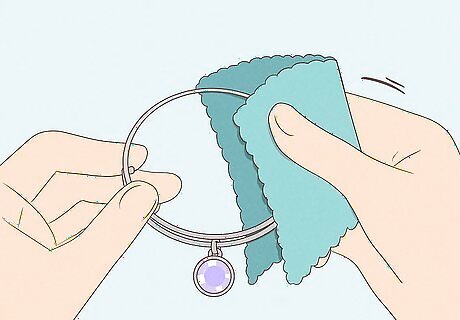
Rub your bracelet with a polishing cloth. Pick up your bracelet of choice and rub it back and forth across your polishing cloth. As you rub your bracelet, you’ll begin to see brown to black grime build up on your polishing cloth. Rub your cloth around the bracelet until you see little to no residue come off on the cloth. The Alex and Ani website recommends using their signature polishing cloth made from 100% cotton flannel to clean their pieces effectively. Polishing cloths are multi-use, so you’ll be able to clean all the jewelry you’ve collected that’s looking a little worse for wear.
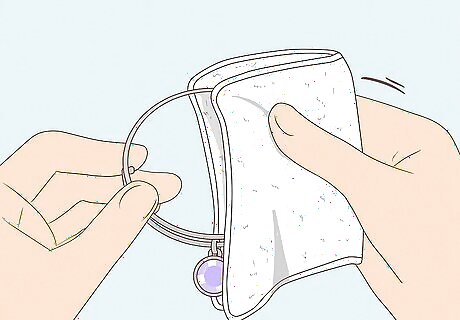
Buff-dry your bracelet with a microfiber cloth. Most polishing cloths are pre-treated with a cleaning solution that can leave a light, powdery residue on your jewelry after use. Wipe off your bracelet using a microfiber or soft cloth to remove this powder. Make sure your cloth is soft to the touch and has no abrasive elements. An overly abrasive cloth can leave small scratches on your jewelry.
Liquid Jewelry Cleaners
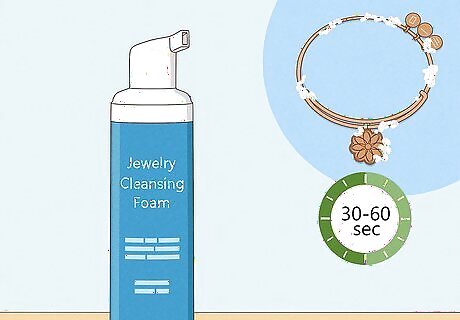
Use a jewelry cleansing foam on delicate jewelry. Jewelry cleaning foams are an excellent alternative to polishing cloths and pads because they’re safe for use on all types of jewelry. Simply apply a pump of foam to your piece and wait 30-60 seconds. After the allotted time has passed, rinse your piece in lukewarm water, pat dry with a soft cloth, and you’re good to go!
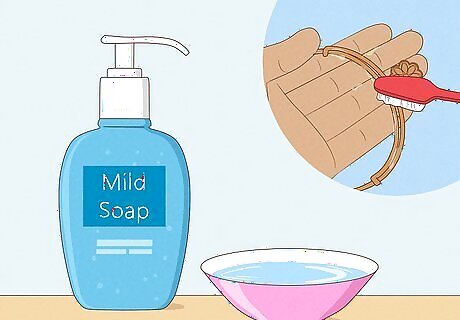
Try using a toothbrush and mild soap to clean your jewelry. Mix a few drops of soap into a bowl of water. Dip a soft-bristled toothbrush in the mixture and gently scrub your jewelry with it, making sure to get in all the nooks and crannies. Rinse the piece under lukewarm water, then pat it dry with a cloth. Jewelry with elements like rafaelian (eco-conscious matte silver or gold) might need the extra wash even after using a polishing cloth. Plus, a toothbrush makes it easy to get between cracks and crevices. No more nasty build-up in hard-to-reach places!
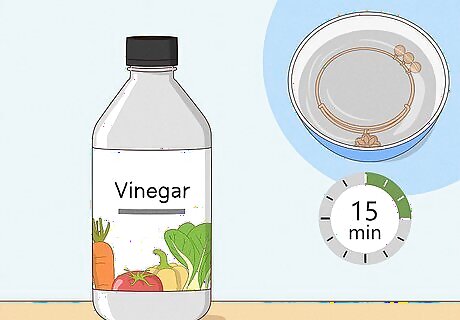
Soak your jewelry in vinegar for 15 minutes. Good old vinegar can be an effective cleansing agent for cleaning metals like silver and copper. Pour vinegar into a bowl and let your jewelry sit in the solution for around 15 minutes. After 15 minutes, remove your piece and rinse it off with lukewarm water before patting it dry. Vinegar is too abrasive for use on jewelry with materials like pearls, tortoiseshell, amber, ivory, or jet.
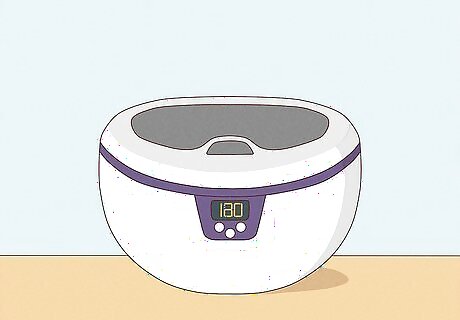
Use an ultrasonic jewelry bath for jewelry with hard-to-clean details. These baths utilize a liquid cleaning agent, ultra-sonic pulsations, and sometimes heat to lift the grime right out of your jewelry. Place your jewelry in the ultrasonic bath, turn the device on, and let it do its magic until the timer goes off. Remove your piece from the bath and pat dry with a soft cloth. Ultrasonic baths are not safe for use on delicate jewelry containing pearls, tortoiseshell, amber, ivory, or jet.
Maintaining Your Jewelry
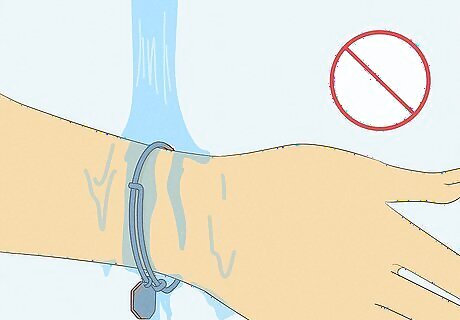
Avoid getting your jewelry wet. Oxidation occurs when metals are exposed to oxygen from the air and or liquids such as water. While it might be a hassle, take off your jewelry before activities like exercising or a shower. Your jewelry will stay clean for much longer and allow for more time between deep cleans.
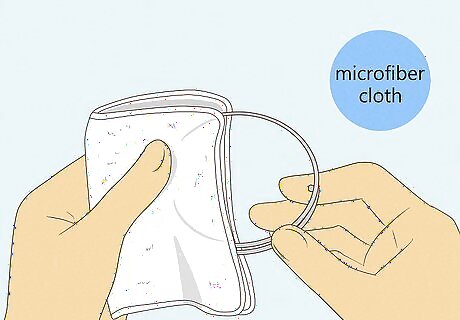
Use a microfiber cloth to wipe your jewelry after each use. Jewelry is affected by our body chemistry, especially sweat! Even if you didn’t get dirty, do yourself a favor and wipe your jewelry after every use with a soft cloth. This will remove any residue your jewels might have picked up during the day and be sufficient enough of a clean if you keep up with it.
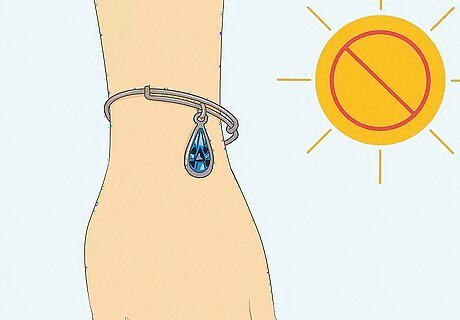
Avoid wearing jewelry with gemstones in the sun. One of the best parts about gemstones is their gorgeous color varieties, but unfortunately, direct contact with the sun can fade them. If your jewelry has gemstone elements, don't spend too much time in the sun with them, like wearing your gems at the beach (plus, you could lose them!). You wouldn’t want that brilliant color to fade.
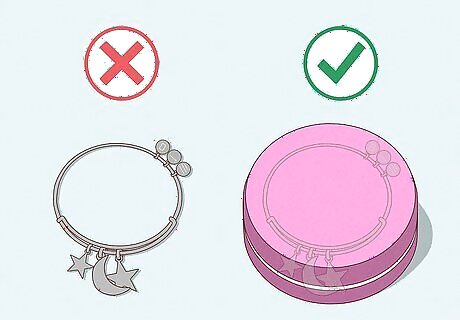
Store your jewelry after wearing it. After a long day, you might be inclined to take your jewelry off and leave it in any old place because, hey, you’re tired! Fight the urge to be lazy and properly store your jewelry in a pouch or a case after each use. Otherwise, you'll expose your jewelry to the elements, not to mention possible spills from nearby substances. Worst of all, leaving your jewelry out could lead to it being lost or stolen.
Why do Alex and Ani bracelets tarnish?
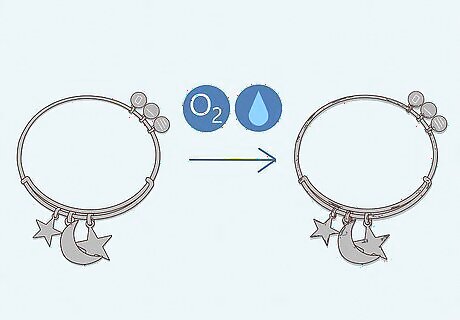
Oxidation causes Alex and Ani bracelets to tarnish. Alex and Ani bracelets use materials like rafaelian (eco-conscious silver, copper, or gold) that are prone to oxidation, the chemical reaction that occurs when certain metals like silver and copper are exposed to oxygen or moisture. By avoiding liquids when wearing your jewelry and storing it when it’s not in use, you can keep your jewelry looking good as new in between cleanings.




















Comments
0 comment